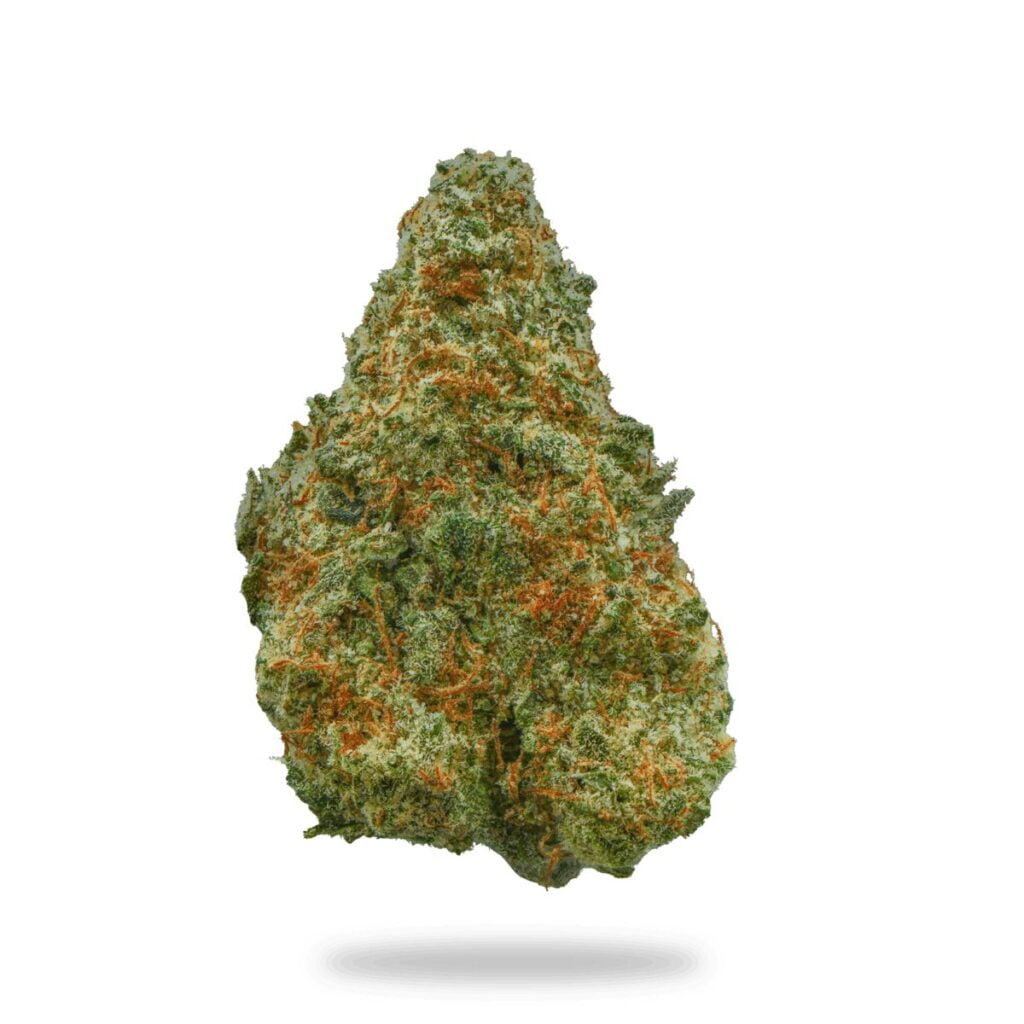


All About Californian Cannabis: A Comprehensive Guide
Introduction to Californian Cannabis
Californian cannabis is renowned worldwide for its quality, diversity, and rich history. From its ancient roots with indigenous tribes to its modern-day legalisation and commercialisation, the story of Californian cannabis is one of resilience, innovation, and cultural significance.
Ancient Roots: Traditional Uses
The history of cannabis in California dates back thousands of years. Native American tribes, including the Chumash, Tongva, and Miwok, used cannabis for medicinal, spiritual, and practical purposes. They harvested the plant for its fibers, seeds, and medicinal properties, recognising its value in their daily lives.
Early Influence: Cultural Integration
In the 19th century, cannabis became further integrated into Californian culture with the arrival of Mexican and Chinese immigrants. Mexican immigrants brought their knowledge of cannabis cultivation and introduced recreational use, while Chinese immigrants utilized cannabis in traditional medicine. These cultural influences laid the foundation for the widespread acceptance and use of cannabis in California.
Prohibition Era and Underground Culture
The early 20th century saw the prohibition of cannabis in the United States, leading to its demonisation and criminalisation. Despite prohibition, cannabis continued to be cultivated and consumed in California’s underground culture. This period gave rise to clandestine growers and distributors who preserved heirloom strains and cultivated new hybrids in secret.
Counterculture Movement and Cannabis Revolution
The 1960s and 70s marked a significant turning point for cannabis in California with the emergence of the counterculture movement. Hippies and activists embraced cannabis as a symbol of peace, love, and freedom, leading to widespread experimentation with the plant. Iconic strains like “Haze” and “Skunk” originated during this period, reflecting the spirit of exploration and innovation.
Medical Cannabis Legalisation: Prop 215 and Beyond
In 1996, California made history by becoming the first state to legalize medical cannabis with the passage of Proposition 215. This landmark legislation allowed patients with qualifying medical conditions to access cannabis for therapeutic purposes. Prop 215 paved the way for the establishment of dispensaries, cultivation collectives, and cannabis-related businesses, creating a thriving industry that continues to evolve.
Emerald Triangle: Cannabis Heartland
Northern California’s Emerald Triangle, comprising Humboldt, Mendocino, and Trinity counties, is renowned as the epicenter of cannabis cultivation in the state. Blessed with fertile soil, abundant sunlight, and a conducive climate, the Emerald Triangle is home to thousands of small-scale cannabis farmers known for their expertise and dedication to craft cultivation methods. The region’s microclimates and terroir contribute to the unique flavours and effects of its cannabis products.


Introduction to Californian Cannabis
Californian cannabis is renowned worldwide for its quality, diversity, and rich history. From its ancient roots with indigenous tribes to its modern-day legalisation and commercialisation, the story of Californian cannabis is one of resilience, innovation, and cultural significance.
Ancient Roots: Traditional Uses
The history of cannabis in California dates back thousands of years. Native American tribes, including the Chumash, Tongva, and Miwok, used cannabis for medicinal, spiritual, and practical purposes. They harvested the plant for its fibers, seeds, and medicinal properties, recognising its value in their daily lives.
Early Influence: Cultural Integration
In the 19th century, cannabis became further integrated into Californian culture with the arrival of Mexican and Chinese immigrants. Mexican immigrants brought their knowledge of cannabis cultivation and introduced recreational use, while Chinese immigrants utilized cannabis in traditional medicine. These cultural influences laid the foundation for the widespread acceptance and use of cannabis in California.
Prohibition Era and Underground Culture
The early 20th century saw the prohibition of cannabis in the United States, leading to its demonisation and criminalisation. Despite prohibition, cannabis continued to be cultivated and consumed in California’s underground culture. This period gave rise to clandestine growers and distributors who preserved heirloom strains and cultivated new hybrids in secret.
Counterculture Movement and Cannabis Revolution
The 1960s and 70s marked a significant turning point for cannabis in California with the emergence of the counterculture movement. Hippies and activists embraced cannabis as a symbol of peace, love, and freedom, leading to widespread experimentation with the plant. Iconic strains like “Haze” and “Skunk” originated during this period, reflecting the spirit of exploration and innovation.
Medical Cannabis Legalisation: Prop 215 and Beyond
In 1996, California made history by becoming the first state to legalize medical cannabis with the passage of Proposition 215. This landmark legislation allowed patients with qualifying medical conditions to access cannabis for therapeutic purposes. Prop 215 paved the way for the establishment of dispensaries, cultivation collectives, and cannabis-related businesses, creating a thriving industry that continues to evolve.
Emerald Triangle: Cannabis Heartland
Northern California’s Emerald Triangle, comprising Humboldt, Mendocino, and Trinity counties, is renowned as the epicenter of cannabis cultivation in the state. Blessed with fertile soil, abundant sunlight, and a conducive climate, the Emerald Triangle is home to thousands of small-scale cannabis farmers known for their expertise and dedication to craft cultivation methods. The region’s microclimates and terroir contribute to the unique flavours and effects of its cannabis products.
Get your invitation to be a Membership!




